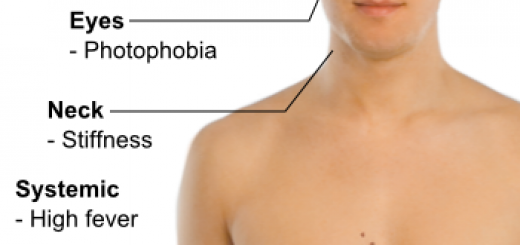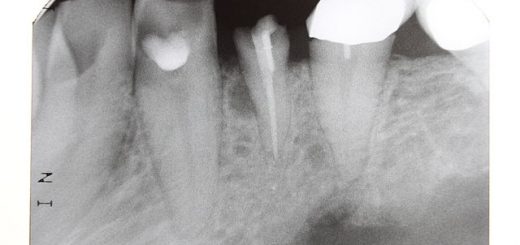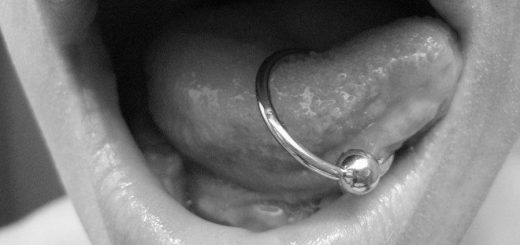How Much Does a Dog Spay or Neuter Cost
Before this article answers the question, ‘how much does it cost to neuter a dog?’, let us first know the definitions of spay and neuter. According to Merriam-Webster, spay means to remove the sex organ of a female dog especially its ovaries and uterus, blocking the dog’s capabilities to produce more babies.
Neuter, on the other hand, is similar with spay, but it is the term used to remove the sex organ of male dogs. Once the organs have been removed, the animals no longer belong to any gender, hence, they become neuters or neutral in relation to gender
Apparently, the sex organ removal is a surgical operation that involves an incision in the female’s abdominal wall and in front of the male’s scrotum. One of the major reasons why such surgery is administered on dogs is to control or permanently stop the production of new offspring, decreasing the rate of its population growth.
And when we speak of the cost to spay a dog, it usually ranges from $50 to $175 while the cost to neuter a dog is between $45 to $110, according to Cost Helper Pets. However, the prices may increase, depending on some significant factors like the clinic’s location and the weight of the dog.
Variations of Costs
How much does it cost to neuter a dog? Typically, the costs highly depend on the dog’s weight and the clinic where the surgery is going to be conducted. There are times when the prices vary due to veterinarian fees and your location.
If you go to a low-cost clinic or a local Humane Society organizations, then you can spend between $45 to $135 to neuter your male dog. But the cost to spay a dog ranges from $50 to $175, which is much higher than the former because of having a more complicated surgical process.
But in cases when you want to make sure that the operations are done well and your dog is in safer hands, you can go to private clinics or high-end animal hospitals where you will be charged between $200 to $300. Sometimes, the costs increase if the dog has a large weight.
Extra Costs
Aside from paying the major expenditures for the surgery, there are extra costs that you need to consider, increasing the total expenses you need to shoulder. These circumstances with additional fees are the following:
*You have to add an extra $25 on the total cost to spay a dog if it is fat or in heat (sexually excited).
*If your dog is pregnant, then the additional expense to conduct the sex organ removal is around $50 to $125.
*For an additional cost of $40, veterinarians may provide you with the option to have a pre-anesthesia blood work administered on your dog. This is to ensure that the kidneys and livers of the dogs are functioning properly.
*You can also spend around $10 to $30 for additional pain medication. This is usually injected to the dog before the surgery takes place. Once the operation has been completed, the animal patient will have to take a pill to ease out the pain.
*If you want to reduce the bleeding, swelling and pain, then you can choose to have a laser surgery, which can cost one-third or one-fourth more than the total cost.
*There are testicular implants available for male dogs. If you want to avail for such surgery, then you may need to spend an extra cost around $94 to $919 for each pair, which depends on its model and size.
Surgical Procedures
Besides knowing how much does it cost to neuter a dog and the cost to spay a dog, it also pays to know where your money goes and learn how the animal doctors conduct the removal of your dog’s sex organs.
- Neutering
In the process of neutering, the veterinarian incises the frontal layer of the male dog’s scrotum, takes out the two testicles, then finally closes the incision by surgical stitching. Moreover, there other options for this
- Spaying
But when it comes to spaying, the veterinarian incises the female dog’s abdominal wall, takes out the ovaries and uterus, then closes the incision by surgical stitching.
Both sex organ removal operations use general anesthesia before the surgeries are being conducted.
Other Options of Traditional Sex Organ Removal
It has been mentioned that neutering and spaying are surgical operations, implying invasive procedures or the act of creating incisions to get into the system. However, there are pet owners who choose to rely on other options to have the sex organs of their pets removed. As provided by the American Veterinary Medical Association (AVMA), the following are the alternative operations for neutering and spaying:
- Hysterectomy. This procedure involves the removal of the female dog’s fallopian tubes and uterus, preventing the animal from reproducing puppies. However, the ovaries remain untouched and female hormones are still produced. Such operation does not necessarily eliminate the dog’s behavior when it comes to her breeding characteristics.
- Ovariectomy. The animal surgeon will remove the dog’s ovaries, but the uterus will not be touched. Just like the first one, this procedure prevents the dog from reproducing more offspring. Furthermore, it eradicates the animal’s heat cycle as well as her breeding instincts and characteristics.
- Vasectomy. This alternative procedure is done on male dogs. The vas deferens, where the sperm cells are released from the testes, will be removed. The canine is no longer capable of reproducing more puppies, but the testes are still intact, enabling him to produce male hormones. This operation does not necessarily eliminate the dog’s distinct behavior when it comes to his breeding characteristics.
Benefits of Neutering and Spaying
The removal of sex organs is one of the most effective ways in stopping the reproduction of more offspring. But more than just the prevention of population increase, there are other benefits of neutering and spaying.
The advantages of neutering include the following:
– protection against prostatitis or the inflammation of the prostate gland
– protection against the formation of testical tumors
– reduction of unpleasant dog behaviors such as too much aggressiveness in the presence of other male dogs, the desire to walk always walk around, making urine markings as well as mounting inappropriately
The advantages of spaying include the following:
– reduction of mammary tumors
– protection against reproductive bleeding and infection
– prevention of uterine tumors












